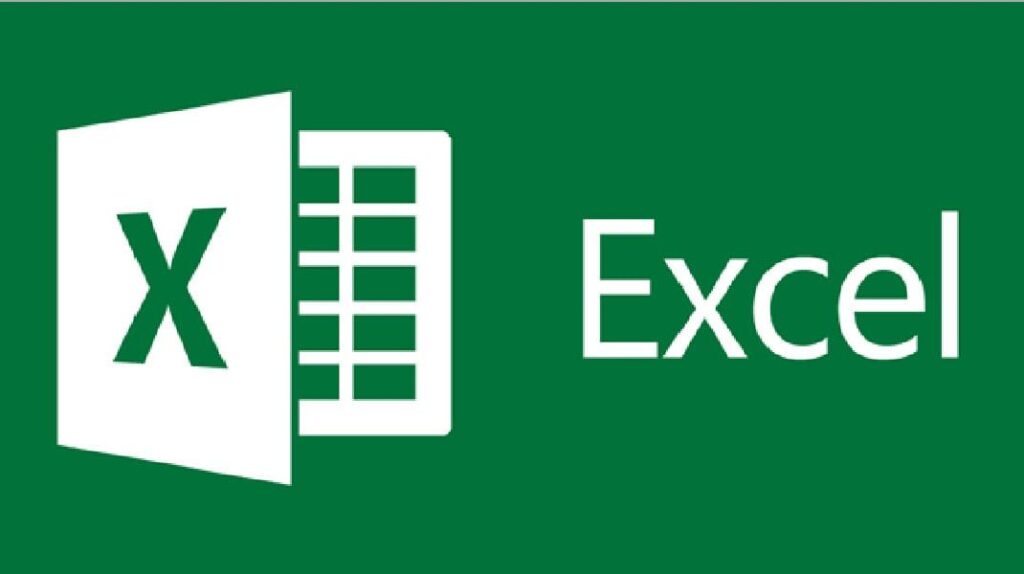
Microsoft Excel is a spreadsheet editor compatible with Windows, macOS, Android, iOS, and iPadOS. It’s a software product developed by Microsoft and is an integral part of the Microsoft Office suite. The program made its debut in 1985 under the banner of Microsoft Corporation. The inaugural version designed for Microsoft’s new Windows operating system was launched in 1987. Excel excels in data organization, presenting data in columns and rows that can be manipulated using formulas. These formulas empower the software to execute various mathematical functions on the data.
In Excel 2007, a redesigned user interface, commonly known as the ribbon interface, was introduced. This interface shared features with Microsoft’s Word and PowerPoint, facilitating seamless transitions between these applications. Furthermore, enhancements were made in chart creation, data sharing, security, formula creation, as well as sorting and filtering.
Excel is also included in Microsoft 365, a subscription-based and cloud-based iteration of Microsoft Office. The current Excel Desktop Version is Excel 2021. However, when you subscribe to Excel through Microsoft 365, you will always have access to the latest version of Microsoft Excel.
In the Excel 2021 version, there are various editions available, including Home & Student for PC/MAC, Home & Business for PC/MAC, Professional, and Professional Plus.
While Excel offers extensive functionality for data entry and analysis, it has certain limitations and maximum values. The maximum number of rows is 1,048,576, and the maximum number of columns is 16,384. Each cell can contain a maximum of 32,767 characters.
Excel supports various file extensions for saving files. A common extension is .xlsx, used for storing standard Excel data. Another default extension, XLS, was in use until MS Office 2007. The XLSM file extension is specifically designed for a file format known as ‘macro-enabled workbooks.’ XLSM files are compatible with Excel 2007 and later versions. They are similar to the more common XLSX format but with one key distinction – they can contain VBA (Visual Basic for Applications) Macros.